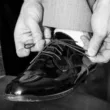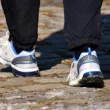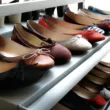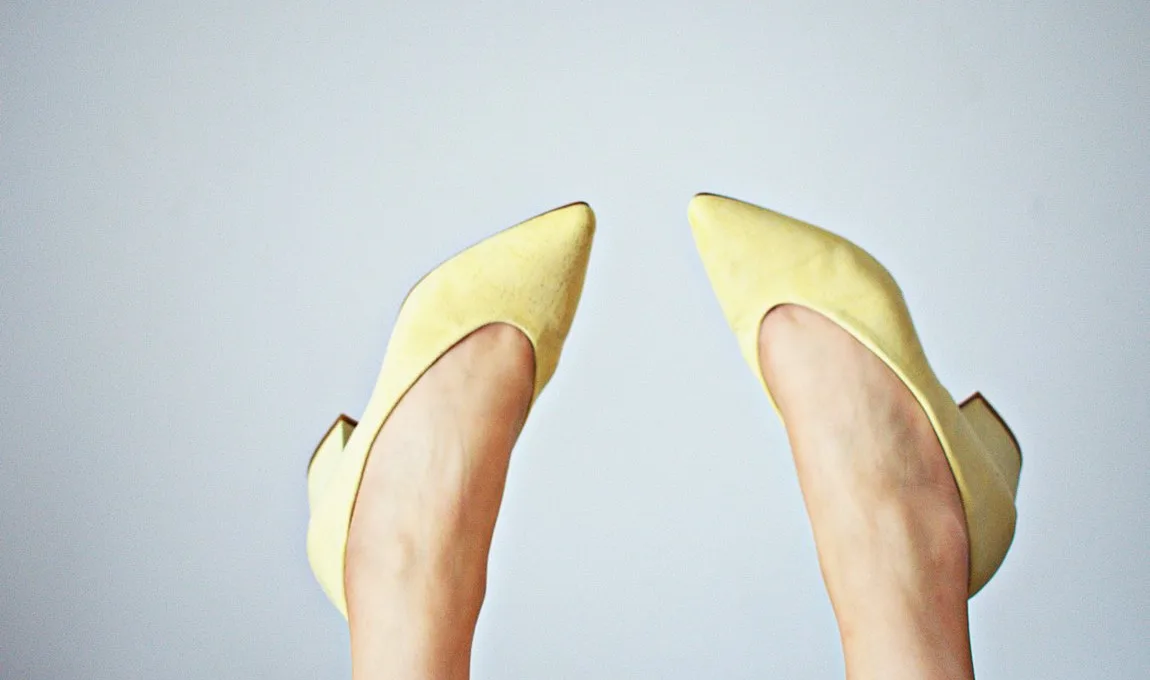Before sewing, the leather shafts are marked to indicate where to place the eyelets. The edges of the leather pieces are thinned to make attachment easier. During the sewing stage, the pieces are stitched together. Sometimes, the leather is glued at the edges to prevent it from slipping out of place. The seams are then neatened. Once the sewing process is complete, the shoe is ready to be worn.
Materials
There are many different materials used to make shoes, including leather, synthetic fibers, and natural fibers. Some shoes are made from animal-derived materials such as cow and sheep hides, while others use discarded plastic, rubber, and nylon. The majority of materials are natural, so they are better for the environment. Those with an environmental conscience will look for sustainable materials that do not contain harmful chemicals. Sustainable materials, such as biodegradable plastics and textiles, are a great option.
Techniques
There are many different techniques for making shoes, but the most common type is called the Goodyear welt construction. This process is very labor-intensive, but the end result is a durable shoe. It was invented by August Destroy in 1862 and patented by James Hanan and Charles Goodyear Jr. This method includes a canvas rib under the insole, and is stitched down with a Rapid Stitch.
Patterns
The first step in the production of shoes is the cutting of materials. Steel dies are used to cut shoe parts into shapes that are then placed on leather and fabric. For high-volume production, many die sets are needed. Then, workers will place the dies on the leather and fabric. Then, a hydraulic press will close the dies. Finished shoes will then be stitched together. There are many steps involved in shoe production.
Die
How shoes are made requires great detail and skill. Many people wonder how this type of footwear is made, but in reality, the manufacturing process starts with a sketch by an artist. These sketches get more detailed and eventually become a “making pattern.” These drawings set the basic appearance of the footwear, highlighting the materials and tools used. The sketches then guide the manufacturers as to how the footwear should be finished. In addition to providing valuable information about the process, the book includes over 400 full-color photographs.
Sewing machine
A sewing machine is used to make shoes. The stitching machine can sew two parallel lines of athletic, casual, or leather shoes. It is especially useful for sewing the splicing place on snow boots. The speed of the stitching machine depends on the operator and the materials used. Some sewing machines can stitch up to six millimeters of leather at one time. They are divided into two styles: automatic and manual.
Leathers
Throughout history, leather has been an integral part of footwear. From ancient times to today, leather is used in a wide variety of applications, and is perhaps the most versatile material in shoemaking. There are many different kinds of leather, and it can get very confusing when you’re shopping for shoes. In this article, you’ll learn about the different types of leather and how they’re used in shoes. Once you understand the basics, you’ll be better able to choose a pair of shoes for yourself.
Rubber
The process of shoe manufacturing uses rubber to make a pair of shoes. The raw material comes from the bark of a rubber tree. It’s produced in tropical countries. Its uses have evolved over the centuries. South American indian cultures have been using rubber for hundreds of years for waterproof clothing. In 1844, Charles Goodyear discovered the process of Vulcanization, which is the process by which raw material is converted into rubber.
Fabrics
The upper part of a shoe is made from a variety of fabrics, including leather and synthetic leather. These fabrics are typically made of a cotton or polyester base with a thin layer of plasticised polyurethane sprayed on top. These fabrics are a great alternative to leather, as they are breathable and lightweight. The disadvantage of these fabrics is that they do not last as long as leather and are therefore not as comfortable.
Podobne tematy




